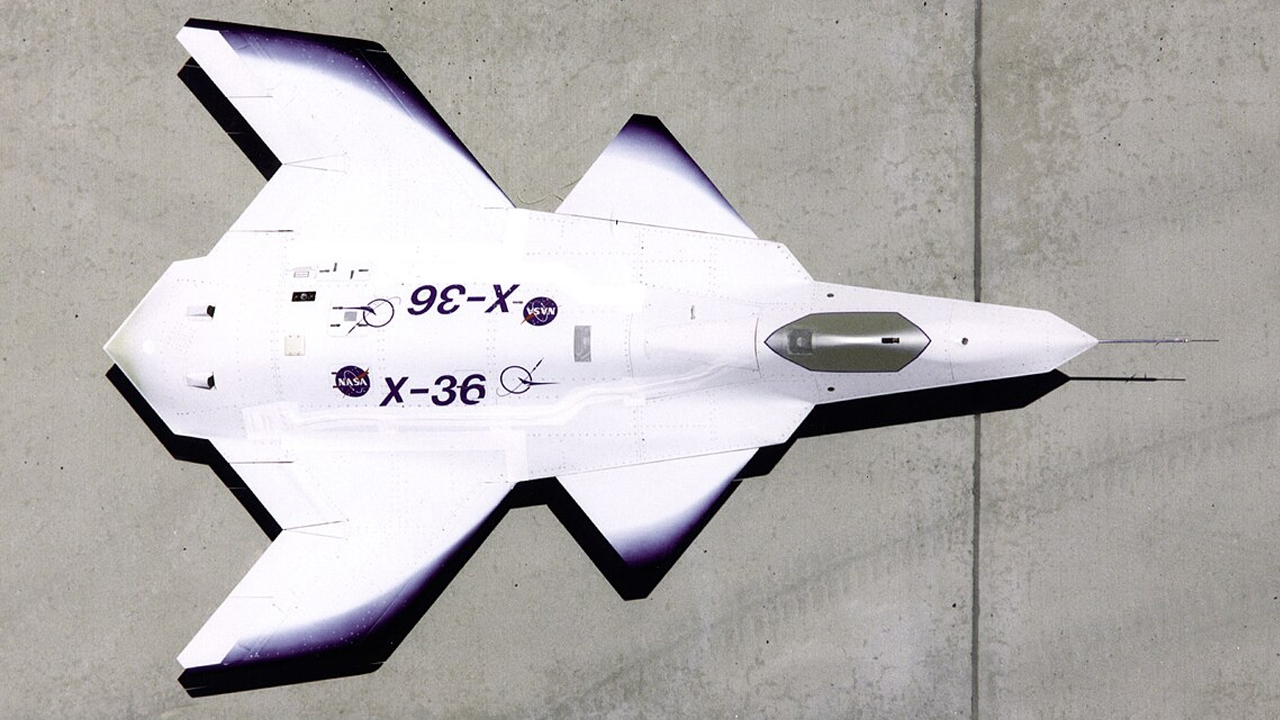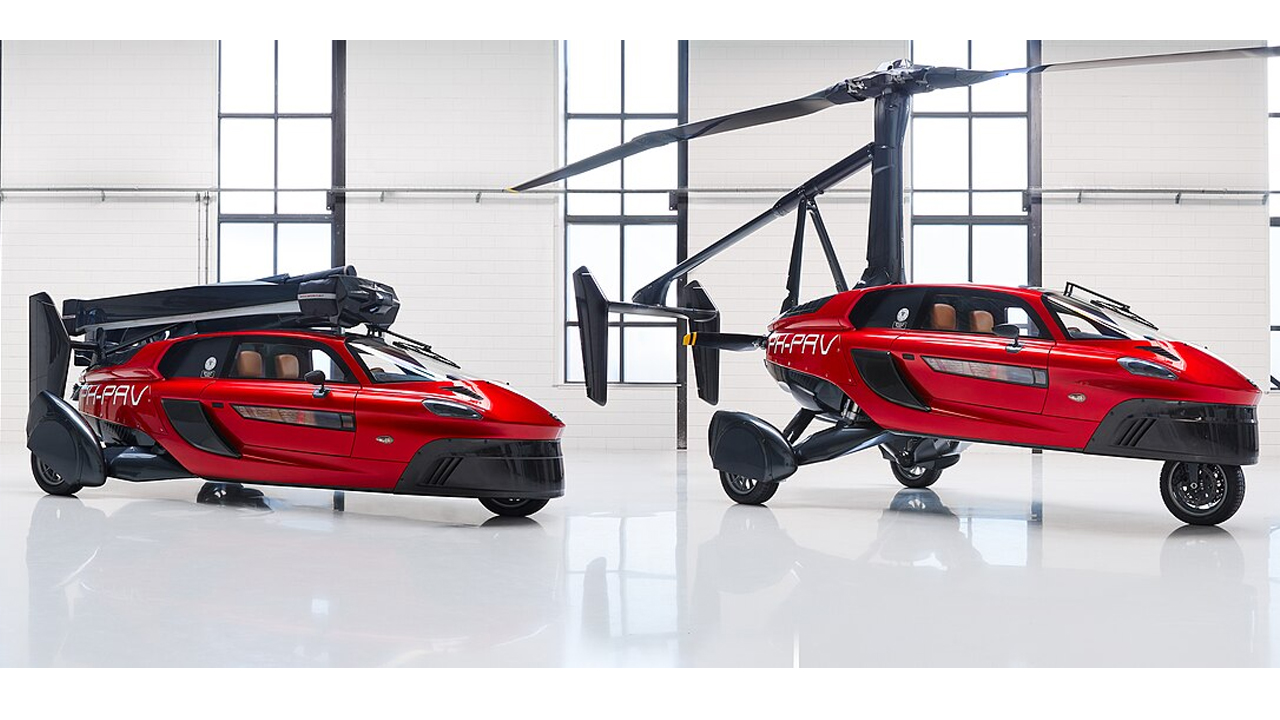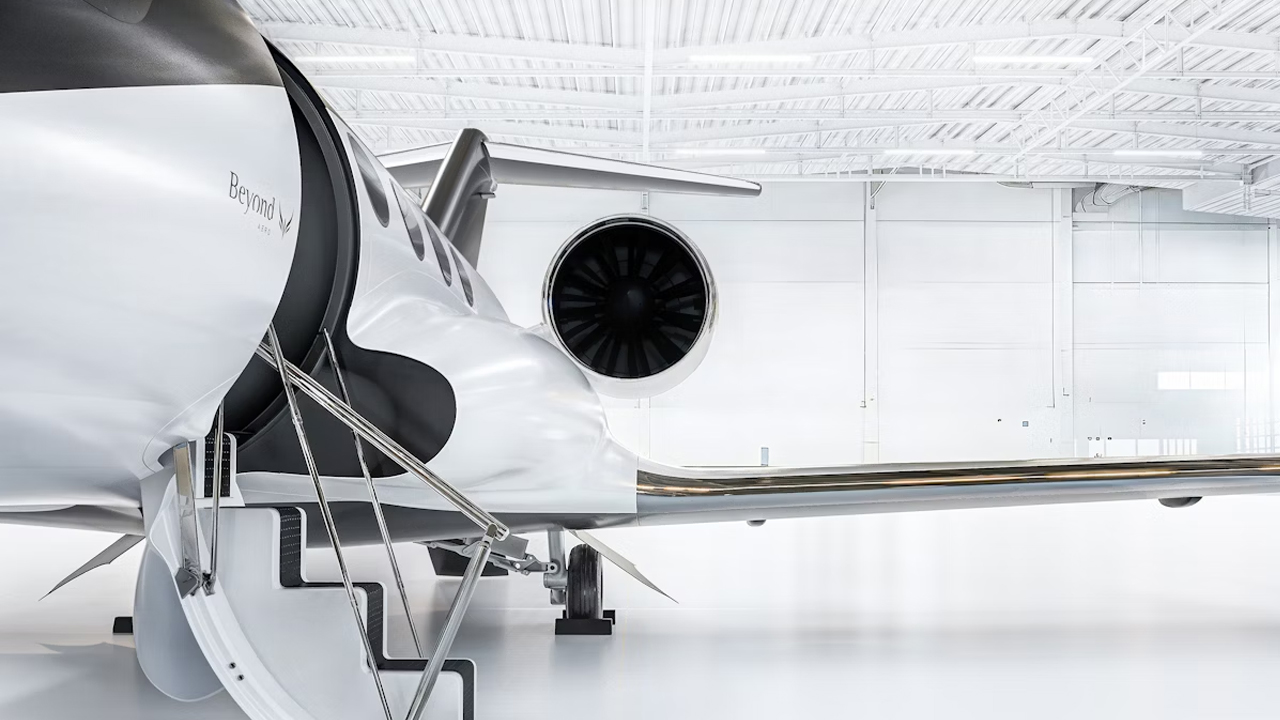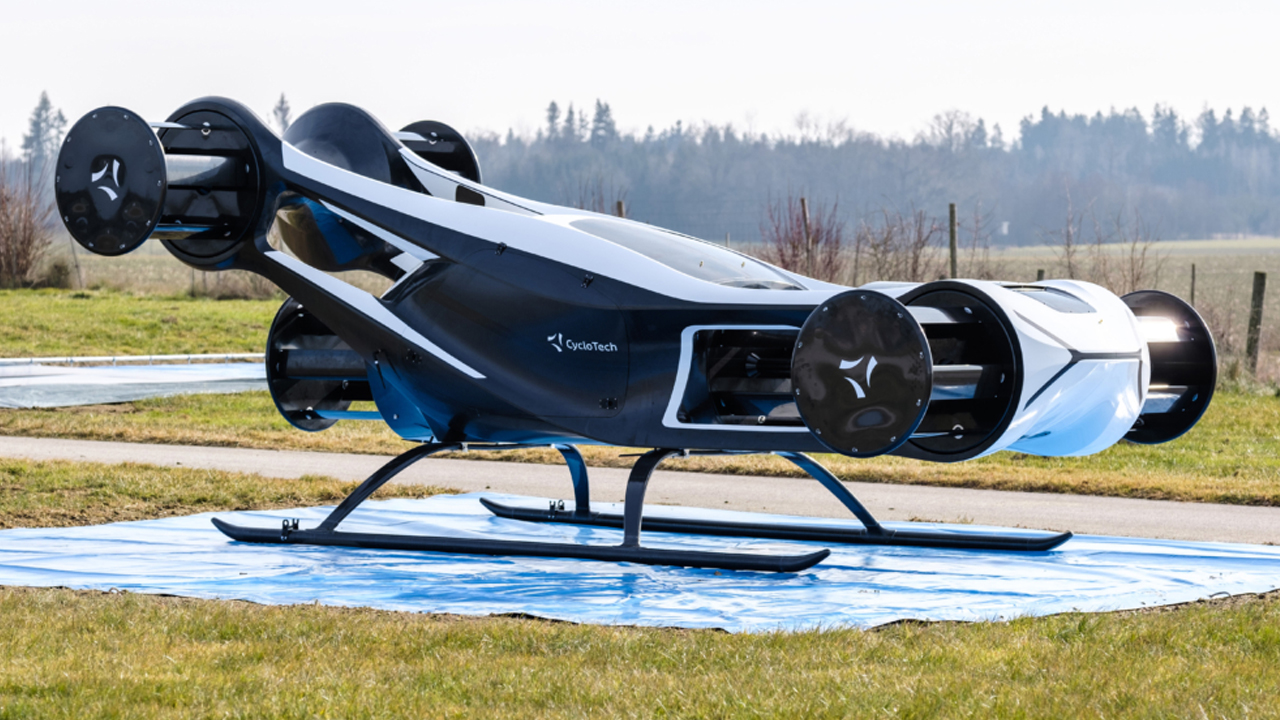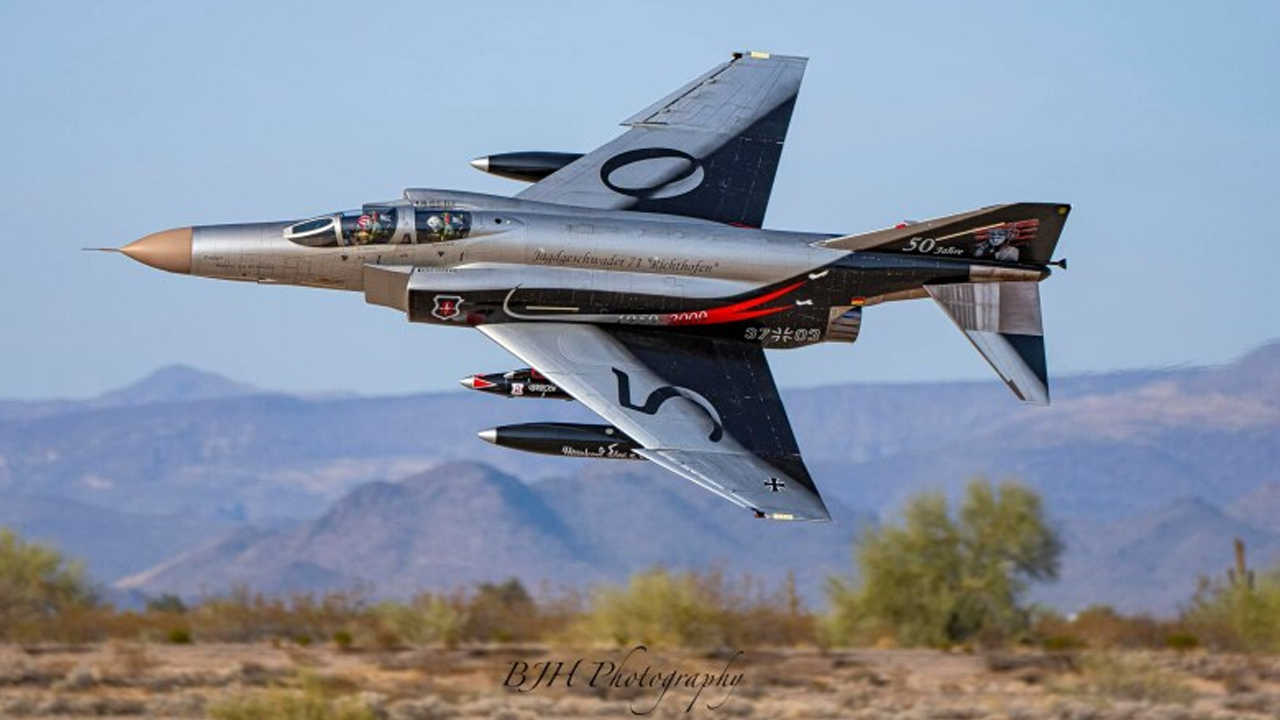Before drones, stealth bombers, or even the F-35, there was the X-36—a strange, sharp-edged jet with no tail and no cockpit. It wasn’t built for combat. It wasn’t even full size. But what it achieved behind the scenes reshaped the future of fighter design and control systems. This is the story of the tailless jet that quietly changed everything.
Pushing the Boundaries of Aircraft Design
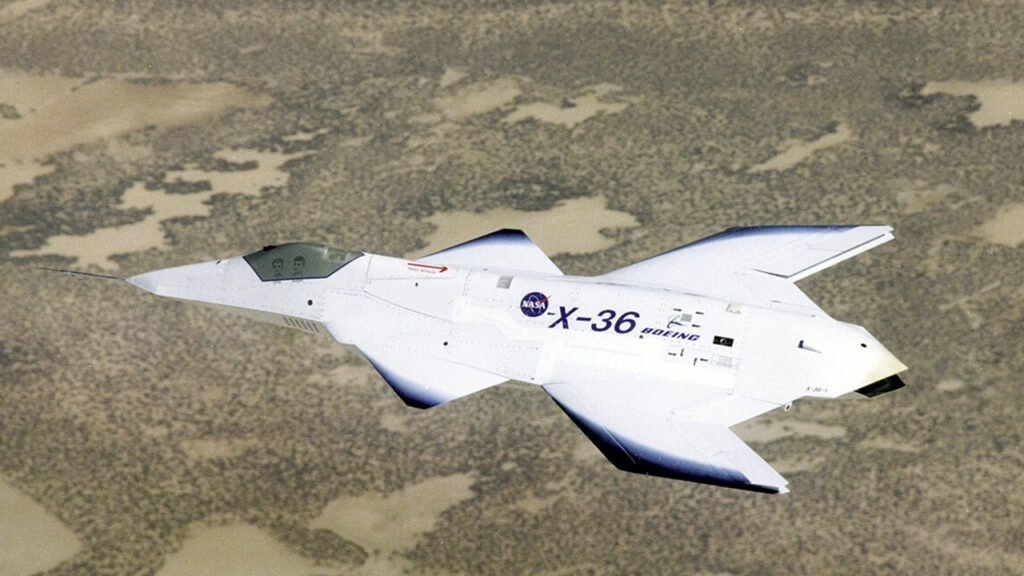
The X-36 was a 28% scale prototype designed to explore whether a fighter jet could remain stable and maneuverable without a traditional tail. By eliminating both vertical and horizontal stabilizers, the team aimed to cut down on drag and reduce its radar footprint. To keep it controllable, engineers used cutting-edge fly-by-wire software and thrust vectoring technology.
Instead of a pilot in the cockpit, the X-36 relied on a ground-based virtual setup, using a forward-facing video feed for visual input. During every test flight, real-time data was relayed back to researchers who monitored its performance. According to the National Museum of the U.S. Air Force, this remote setup made the aircraft a powerful tool for experimenting with next-gen control systems.
Achieving Remarkable Flight Test Results
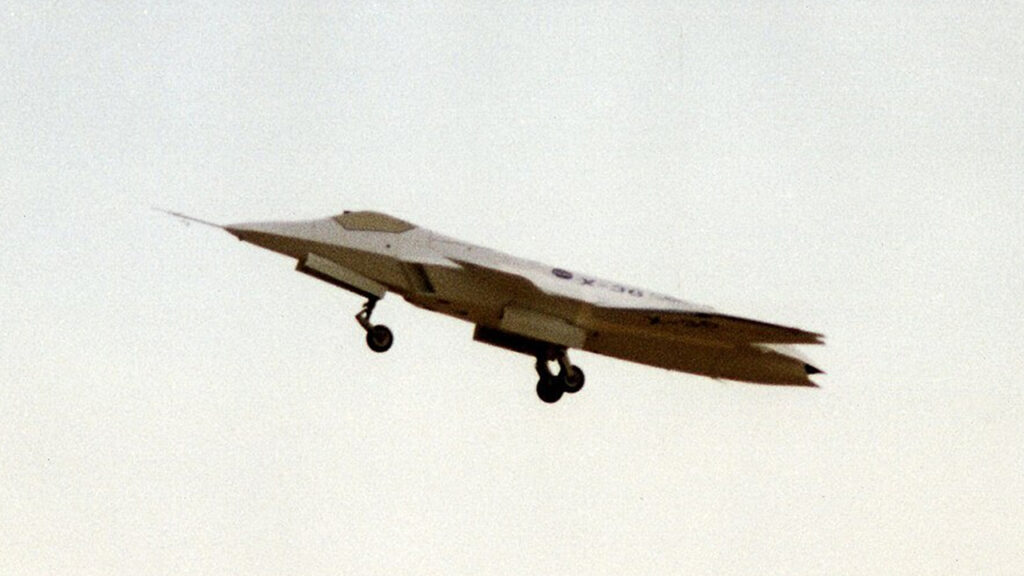
From May to November of 1997, the X-36 carried out 31 successful flights at NASA’s Dryden Flight Research Center. Every flight pushed the aircraft through various maneuvers, and it handled them all without needing a tail. NASA later confirmed that the program exceeded expectations in stability and responsiveness across multiple flight conditions.
The following year, researchers added a system called RESTORE to test how well the X-36 could recover if its controls failed mid-flight. This software, developed by the Air Force Research Laboratory, reconfigured control inputs on the fly to help keep the aircraft stable—another success that underscored the platform’s flexibility, as explained by the museum’s technical overview.
Influencing Future Stealth Fighter Development
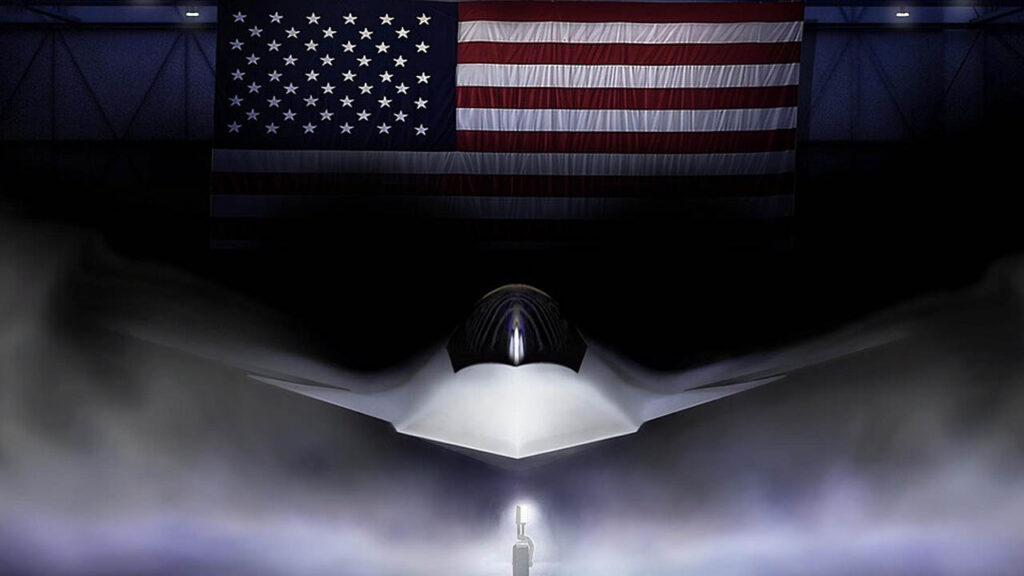
Even though the X-36 never made it past the prototype phase, its influence didn’t stop there. Programs that followed borrowed heavily from its layout. In particular, the F-47 concept featured a similar tailless design, prioritizing stealth and aerodynamic agility over conventional shapes.
Its control systems and overall performance helped set the stage for how engineers now think about low-visibility fighters. A 2025 report by The Asia Live traced a clear line from the X-36 to many features seen in newer stealth platforms, including control redundancy, reduced drag, and minimal radar signature.
Preserving a Piece of Aviation History
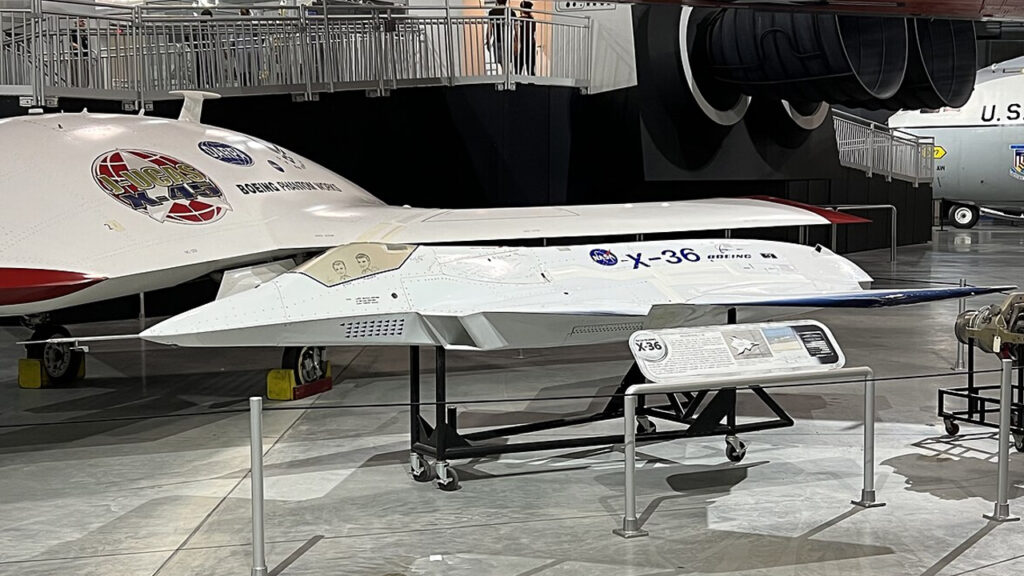
Of the two prototypes ever built, one now sits on display at the National Museum of the United States Air Force in Dayton, Ohio. It’s a reminder of how far experimental aviation has come and a rare chance to see what forward-thinking aircraft design looked like nearly 30 years ago.
The other unit is preserved at Edwards Air Force Base in California, where the X-36 originally flew its test missions. According to NASA’s historical archive, the aircraft continues to be studied and referenced as a key step in the evolution of stealth flight and remote piloting technology.


